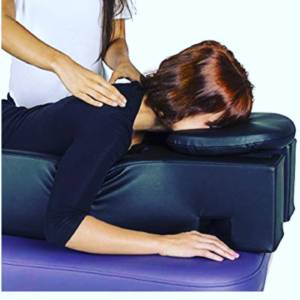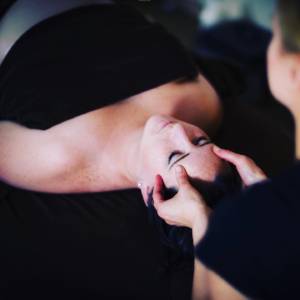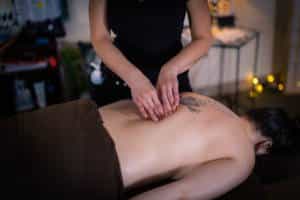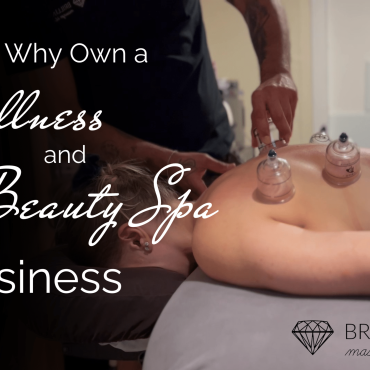Pre and Post Natal Massage

Benefits for the body and mind
The benefits of prenatal massage include a wide range of physiological, emotional and psychological benefits.
- Alleviates stress on weight-bearing joints and musculo-fascial structures.
- Assists in remedying many of the common discomforts experienced during pregnancy: Muscular discomforts, lower-back pain, upper-back pain, headaches, leg cramps, sciatica- piriformis syndrome, stiffness, tension and knots, carpal tunnel syndrome, headaches, heartburn and acid reflux, fatigue, shortness of breath, edema of the lower extremities, neck pain, interscapular pain, sacroiliac and hip joint pain and constipation.

- Stabilizes hormonal levels and helps relieve depression or anxiety caused by hormonal changes.
- Soothes and relaxes the nervous system by releasing endorphins into the mother’s body. As a result, the expectant mother feels more relaxed and at ease, and will also sleep more easily and more deeply.
- Assists in maintaining good posture and adjusting to a changing alignment caused by the baby’s increasing weight. Massage increases muscle tone and flexibility, enhancing the ability to carry this extra weight while also relieving aches and pains, leg cramps and muscle spasms.
- Eases the load on the heart and helps keep blood pressure in check.
- Enhances the pliability of skin and underlying tissues.
- Supports the return of blood to the heart and increases blood flow to the uterus and placenta. With the enormous demands placed on the circulatory system during pregnancy, blood volume may increase up to 60 percent compared to pre-pregnancy levels. As pregnancy progresses and the uterus enlarges and presses deep into the pelvic bowl, venous return to the heart is hampered.
- Prepares the mother-to-be for an easier delivery with its sedating effect on the nervous system, promoting relaxation and stress relief.
- Offers a natural, safe, drug-free alternative choice for pain relief. Since taking medications are often limited during a pregnancy for the sake of the unborn child.
- In addition to the physical benefits, prenatal massage provides expecting women with the emotional support and nurturing touch provided by nonsexual human touch and energy.
Post Natal Care

- Just as with prenatal massages, postnatal massages can help to relieve body pain. Even after birth, pain or discomfort may persist in the legs, thighs, arms, neck and back. This is due to the fact that the body is taking time to return to its pre-pregnancy state.
- The hormone relaxin, for example, stays in your system for about 6 to 9 months postpartum. Which affects the way your ligaments (and therefore muscles and joints) move and feel.
- Additionally, new activities can cause some discomfort if done incorrectly, such as breastfeeding. Which can lead to neck, arm, and shoulder pain. Having a postnatal massage routine can help make these transitions much easier.
- Improved circulation will help flush out excess water, cellular waste, and other toxins, which could help you lose a few unwanted pounds. You may even look a little less flabby. As massaging will help the body regain some firmness and elasticity by maintaining muscle tone.
- Stress has also been shown to reduce milk supply. By keeping your psychological and physical stresses low with regular massages. You can essentially maintain healthy levels of milk production. Less stress also promotes healthier emotional states.
- Postnatal massages are recommended approximately 12 weeks after birth; however, if you’ve had a C-section. It’s best to wait until your wounds are healed so that you are able to lay either on your side or on your stomach without discomfort.
IMPORTANT: Make sure to check with your doctor or birthing expert before you proceed with either a postnatal or prenatal massage. When choosing a massage therapist, be sure that they are certified and properly trained, and don’t hesitate to ask questions. A good therapist will be able to address your concerns easily without being pushy.
-Brilliant Massage & Skin, in Burlington, Vermont


